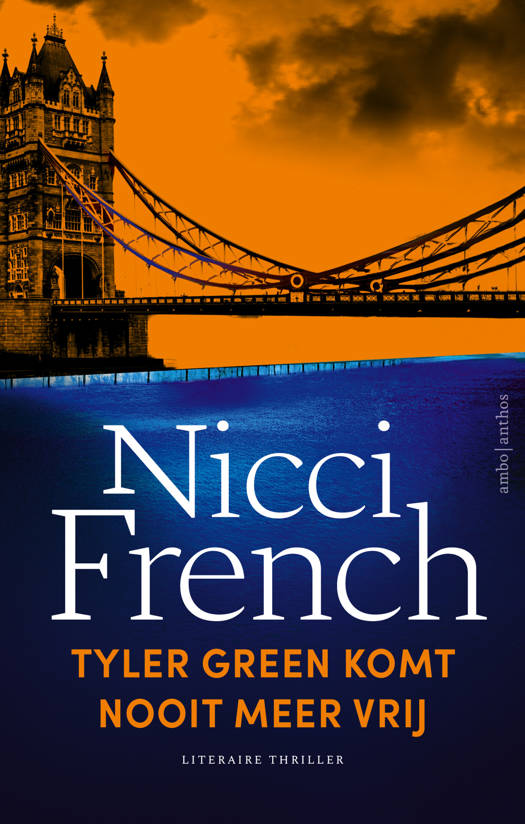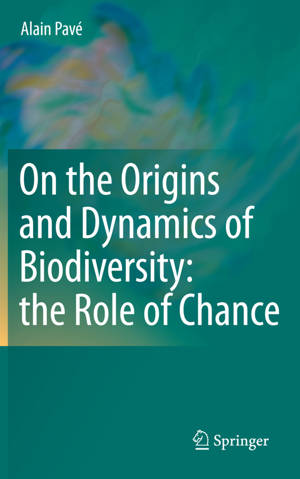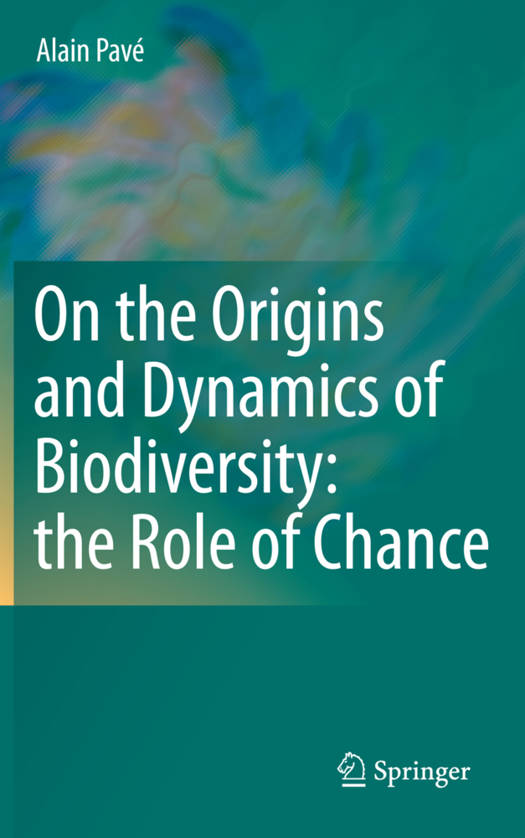
- Afhalen na 1 uur in een winkel met voorraad
- Gratis thuislevering in België vanaf € 30
- Ruim aanbod met 7 miljoen producten
- Afhalen na 1 uur in een winkel met voorraad
- Gratis thuislevering in België vanaf € 30
- Ruim aanbod met 7 miljoen producten
Zoeken
€ 125,95
+ 251 punten
Uitvoering
Omschrijving
Chance is necessary for living systems - from the cell to organisms, populations, communities and ecosystems. It is at the heart of their evolution and diversity. Long considered contingent on other factors, chance both produces random events in the environment, and is the product of endogenous mechanisms - molecular as well as cellular, demographic and ecological. This is how living things have been able to diversify themselves and survive on the planet. Chance is not something to which Life has been subjected; it is quite simply necessary for Life. The endogenous mechanisms that bring it about are at once the products and the engines of evolution, and they also produce biodiversity. These internal mechanisms - veritable "biological roulettes" - are analogous to the mechanical devices that bring about "physical chance". They can be modeled by analogous mathematical equations. This open the way of a global modeling of biodiversity dynamics, but we need also to gather quantitative data in both the laboratory setting as well as in the field. By examining biodiversity at all scales and all levels, this book seeks to evaluate the breadth of our knowledge on this topical subject, to propose an integrated look at living things, to assess the role of chance in its dynamics, in the evolutionary processes and also to imagine practical consequences on the management of living systems.
Specificaties
Betrokkenen
- Auteur(s):
- Uitgeverij:
Inhoud
- Aantal bladzijden:
- 178
- Taal:
- Engels
Eigenschappen
- Productcode (EAN):
- 9781489999047
- Verschijningsdatum:
- 19/10/2014
- Uitvoering:
- Paperback
- Formaat:
- Trade paperback (VS)
- Afmetingen:
- 156 mm x 234 mm
- Gewicht:
- 285 g

Alleen bij Standaard Boekhandel
+ 251 punten op je klantenkaart van Standaard Boekhandel
Beoordelingen
We publiceren alleen reviews die voldoen aan de voorwaarden voor reviews. Bekijk onze voorwaarden voor reviews.











